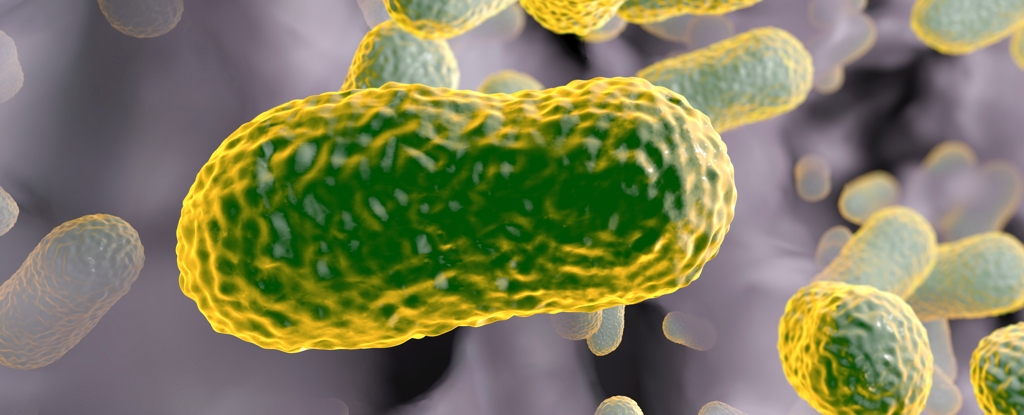The pharmaceutical industry is facing a new challenge in the form of drug-resistant superbugs. As a result, researchers have been turning to old antibiotics in the search for new solutions. One such antibiotic is streptothricin, which was discovered during the ‘golden age’ of antibiotics in the 1940s. Although it was found to have potential in treating infections caused by gram-negative bacteria, it was deemed too toxic to the health of human kidneys and was subsequently abandoned.
A team of researchers from Harvard University led by pathologist James Kirby has now rediscovered streptothricin under the new name nourseothricin. Nourseothricin is a natural product made by soil bacteria that are gram-positive. It is a mixture of antibiotics, which includes streptothricin F (S-F) and streptothricin D (S-D).
While S-D and nourseothricin have demonstrated toxic effects on kidney cells in the lab, Kirby and his colleagues have established that S-F is highly effective at killing drug-resistant gram-negative bacteria without being toxic. In fact, in mouse models, S-F managed to kill off a strain of bacteria that had proved resistant to numerous existing drugs with minimal to no toxicity.
Streptothricins offer a unique solution for penetrating the defense mechanisms of gram-negative pathogens. The precise details of streptothricin’s attack are not entirely clear, but it appears to bind to gram-negative bacteria and interfere with its protein-making machinery in a different way than other antibiotics.
Kirby and his team are exploring how to enhance natural streptothricins, like S-F, to work even better as superbug killers. If researchers can figure out how streptothricins work, it could help them develop a whole new class of medicine for bacteria that have so far proved highly resistant.
The resurgence of interest in streptothricins and their potential as a solution to drug-resistant superbugs is timely. In 2017, the World Health Organization released a list of the most dangerous, drug-resistant pathogens out there, and most of them were gram-negative bacteria. With the emergence of multi-drug resistant pathogens, for which there are few active antibiotics available for treatment, streptothricins offer an exciting new possibility for combating infections caused by drug-resistant superbugs.



Leave a Reply